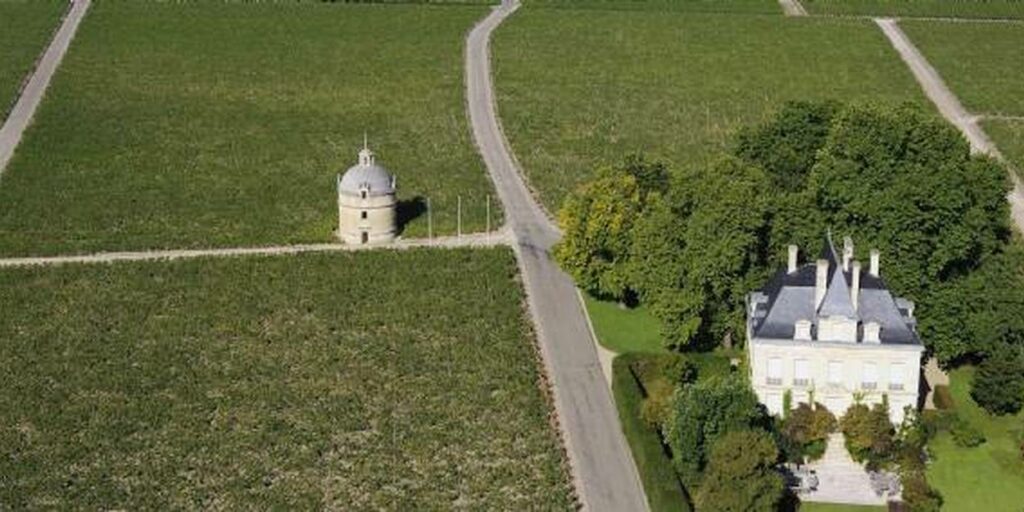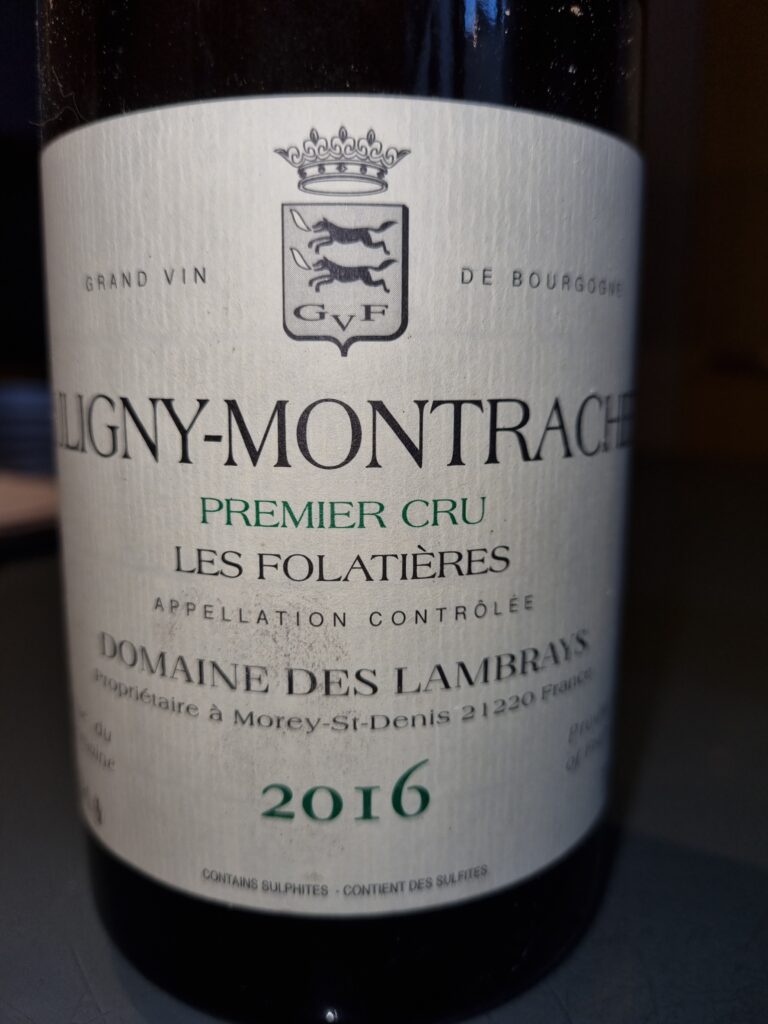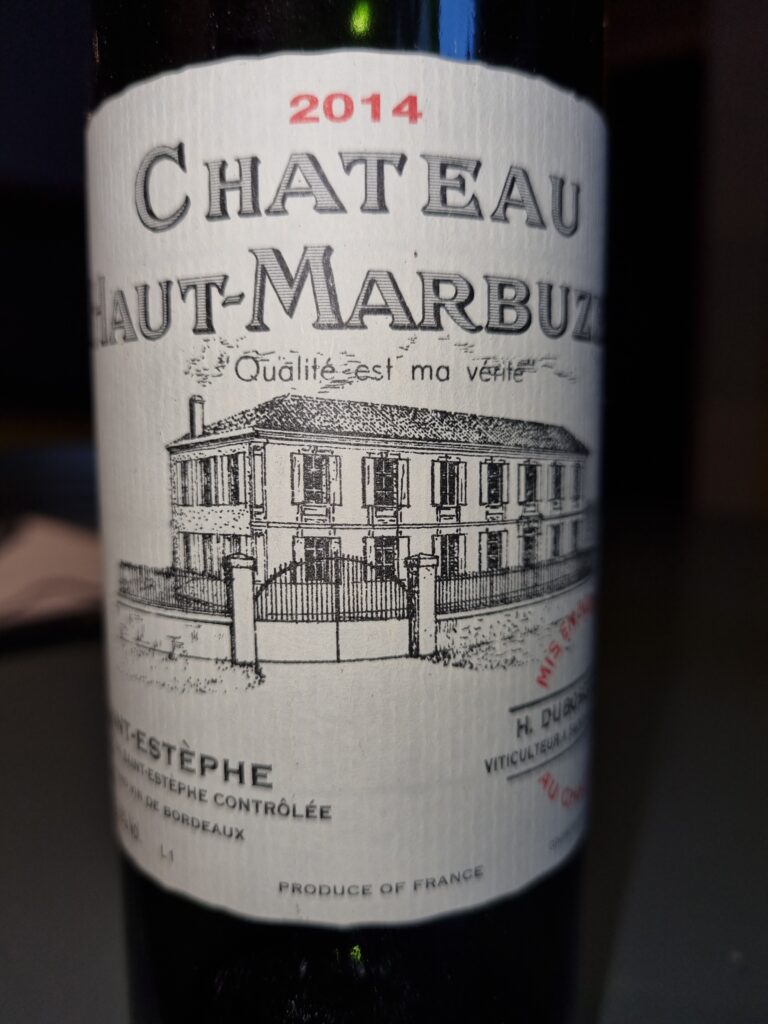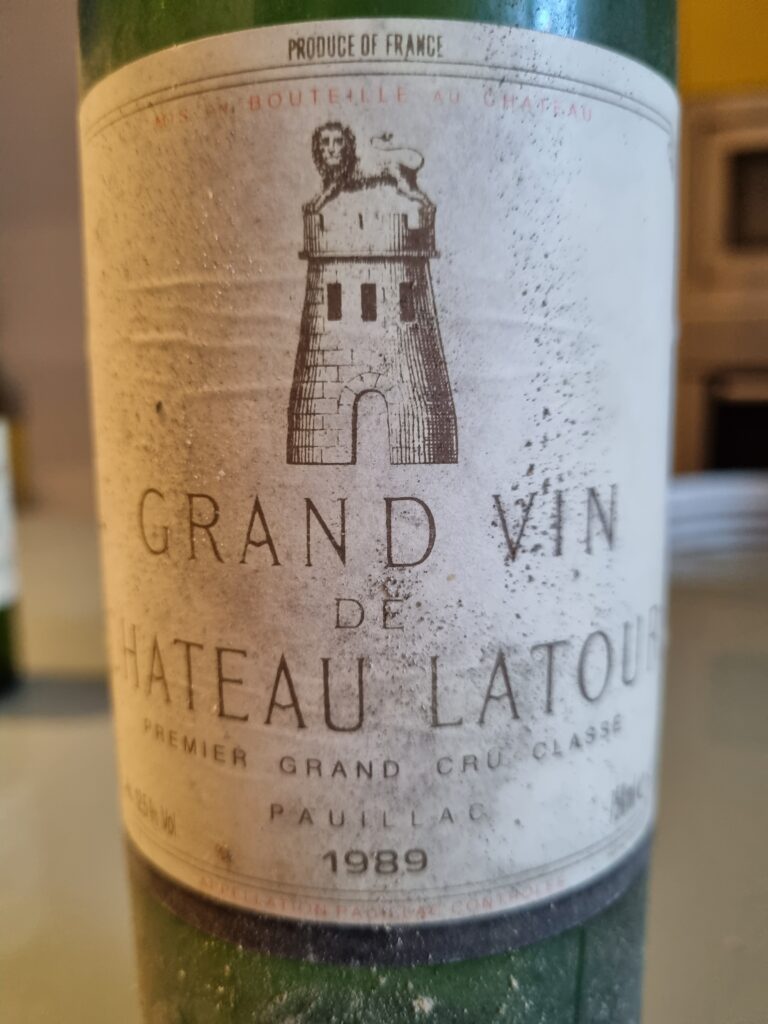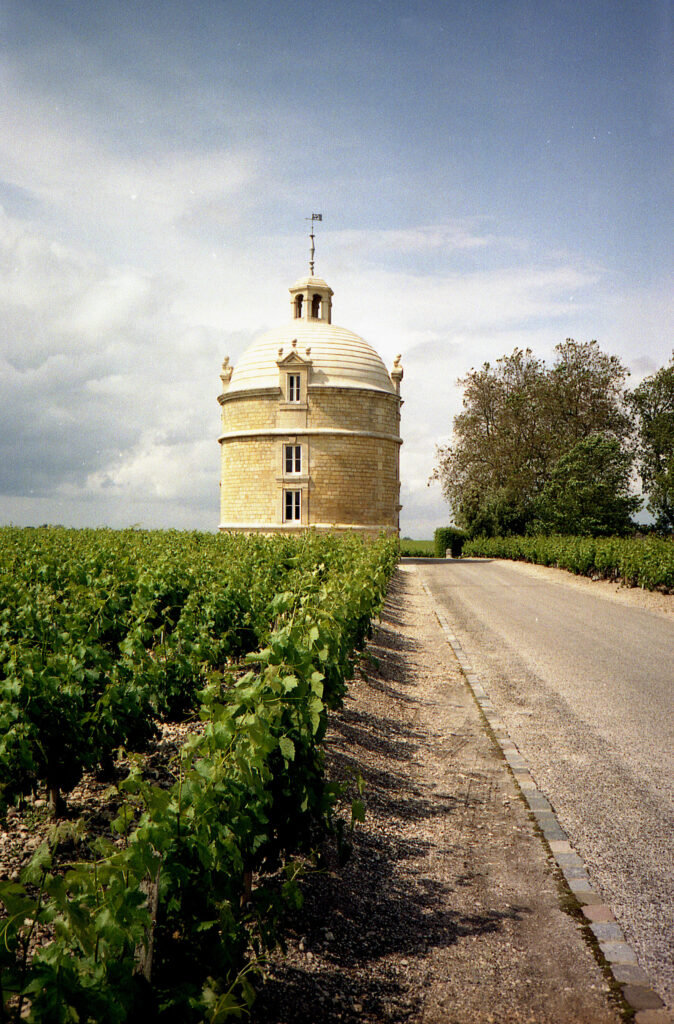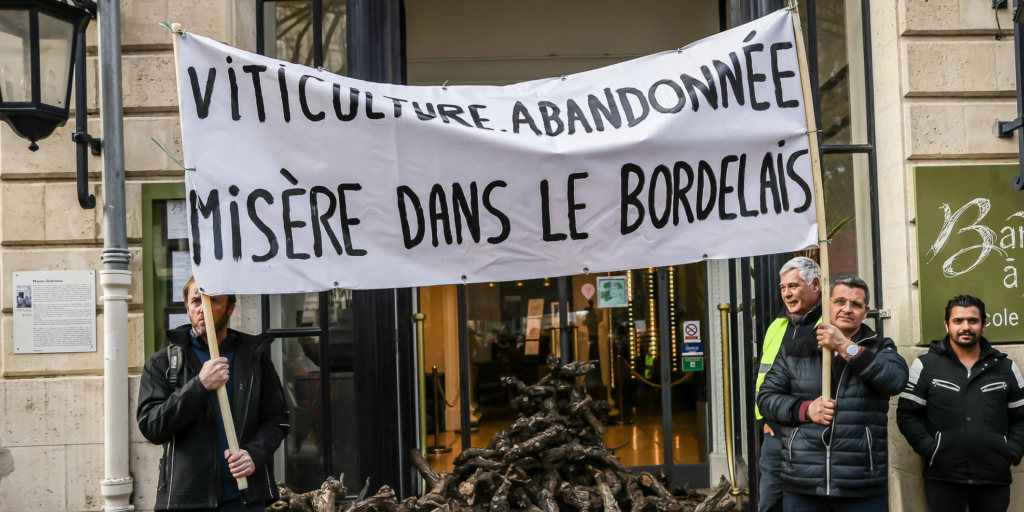
https://www.theguardian.com/world/2023/feb/14/french-vineyards-bordeaux-payout-pour-wine-down-drain-trade-sales
This article in the Guardian speaks of a very serious problem in the Bordeaux wine country. However, many of you reading this tend to think of Bordeaux as only the tip of the iceberg, i.e. the 5% of Bordeaux that consists of great growths and assimilated wines, rather than Bordeaux as a whole. Therefore, the crisis seems of little importance when seen from afar. It is nevertheless crippling to the local economy.
The overproduction largely concerns the Bordeaux and Bordeaux Supérieur appellations, accounting for 55% of total output.
The article is unsurprisingly a little sensationalist, starting with the title. Excess wine will not be “poured down the drain”. It will be distilled to make industrial alcohol.
The cursory analysis of decreased wine consumption is accurate as far as it goes, but the article does not address the specific challenge in Bordeaux as compared to other French regions.
There are many reasons for the decline…
I believe that the trend for alcohol-free drinks is less consequential than is made out. Because, although young people are avoiding wine, they are nevertheless drinking other alcoholic beverages.
If you drive through the Entre-Deux-Mers region (where most of AOC Bordeaux comes from), you see a distressing number of vineyards that have been simply abandoned. It is no longer economically viable to make wine for many growers. The real drama is that many winegrowers’ children do not wish to embark on a backbreaking career with all sorts of risks and a small income at the best of times. The future looks bleak. And, sadly, quality is not the most important parameter. Bordeaux is seen as a commodity and few producers are able to price their wine, however good it is (and with the accompanying increase in cost) outside of a narrowly defined bracket.
As always in France, the government and the EU (i.e. the taxpayer) are being called to the rescue, with thinly-veiled threats if they do not help financially…
Bordeaux needs to reinvent itself, but how?

